Code
HCS26956
Weight
395 gm / 0.87 lbs
Size
Height
12cm (5") Width
10cm (4") Depth
1cm (0") Material
Brass
Availability
Available

Safe Payment
We accept Paypal, Money Transfer, Bank Transfer
Confidence
Protection covers your purchase and personal data.
Worldwide Delivery
We ship Worldwide, except Russia.Shipping cost US$25.2 for upto 0.5 kgs

Hotline
Talk to help line for your question on 9841267335Five Jambhala : Brief Description
Dzambala is the God of Wealth and appropriately a member of the Jewel family. In Hindu Mythology Jambala known as Kuber. Is also believed to be an emanation of Avalokiteshwor Chenrezig, or the Buddha of Compassion, manifesting as the wealth-giving Buddha(Visit JAMBALA God of Wealth to read more)
There are 5 different wealth Jambala ( See Paintings On right). Each Jambala has its own mantra and practice to help eliminate poverty and create financial stability. Here I am giving some information about 5 wealthy Jambhala and Mantras for worship them. Painting at each side of Jambala will make it easy to visualize how they look like. These are Thanka paintings on cotton canvas. (Visit here to know about Sacred Buddhist Thangka painting). Read More . . .
Dzambala is the God of Wealth and appropriately a member of the Jewel family. In Hindu Mythology Jambala known as Kuber. Is also believed to be an emanation of Avalokiteshwor Chenrezig, or the Buddha of Compassion, manifesting as the wealth-giving Buddha(Visit JAMBALA God of Wealth to read more)
There are 5 different wealth Jambala ( See Paintings On right). Each Jambala has its own mantra and practice to help eliminate poverty and create financial stability. Here I am giving some information about 5 wealthy Jambhala and Mantras for worship them. Painting at each side of Jambala will make it easy to visualize how they look like. These are Thanka paintings on cotton canvas. (Visit here to know about Sacred Buddhist Thangka painting). Read More . . .
About Metal Pendant :
A Nepali metal pendant is a traditional piece of jewelry that is crafted in Nepal using traditional techniques and materials. The pendant is typically made of metal, such as brass or silver, and is intricately designed and embellished with cultural motifs and symbols.
The design of the pendant may be inspired by Nepali culture and symbolism, with patterns and motifs that represent different aspects of Nepali life, such as nature, religion, or social customs. These designs may be created using traditional techniques, such as etching, stamping, or engraving, and may be further embellished with beads, gems, or other decorative elements.
The design of the pendant may be inspired by Nepali culture and symbolism, with patterns and motifs that represent different aspects of Nepali life, such as nature, religion, or social customs. These designs may be created using traditional techniques, such as etching, stamping, or engraving, and may be further embellished with beads, gems, or other decorative elements.
The pendant may be worn on a chain or cord around the neck, and is often used as a statement piece or as a talisman to protect the wearer from negative energies or evil spirits. It is also commonly given as a gift to family members or friends, particularly on special occasions, such as weddings or religious ceremonies.
Overall, a Nepali metal pendant is a beautiful and unique piece of jewelry that represents the rich cultural heritage of Nepal and the skill and artistry of its craftsmen. It is a treasured possession that carries deep meaning and significance for those who wear it or receive it as a gift.
Overall, a Nepali metal pendant is a beautiful and unique piece of jewelry that represents the rich cultural heritage of Nepal and the skill and artistry of its craftsmen. It is a treasured possession that carries deep meaning and significance for those who wear it or receive it as a gift.


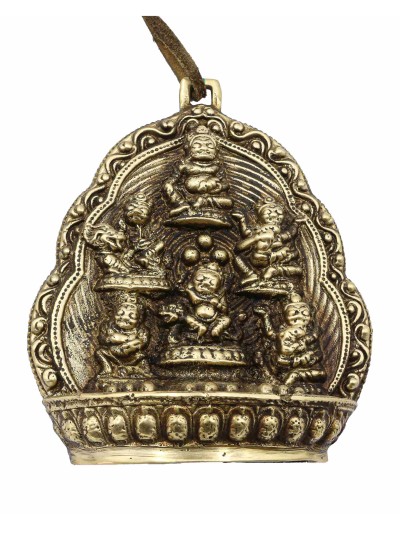
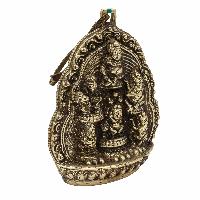
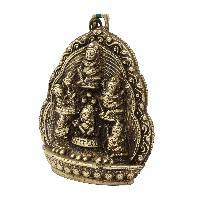
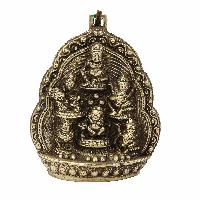



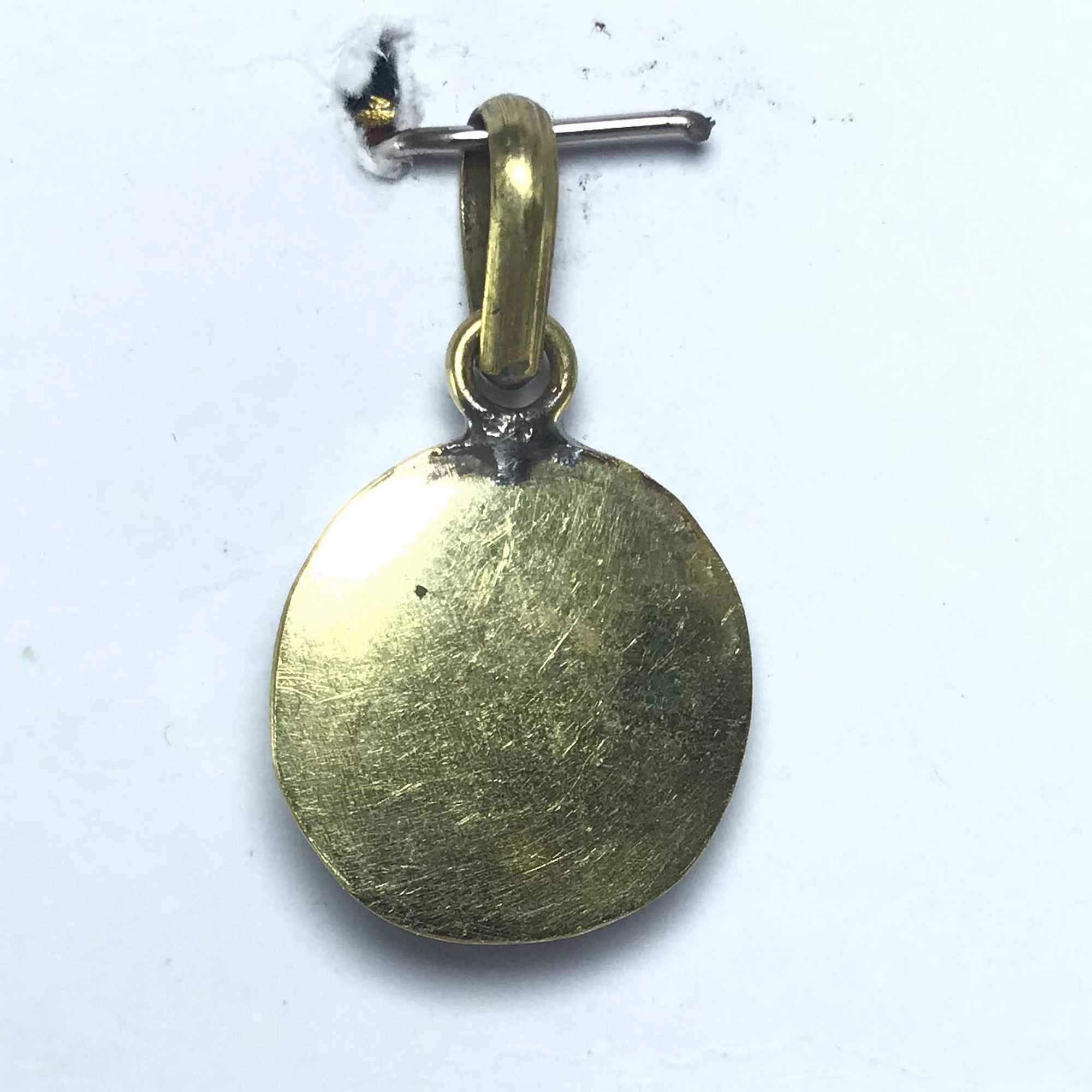
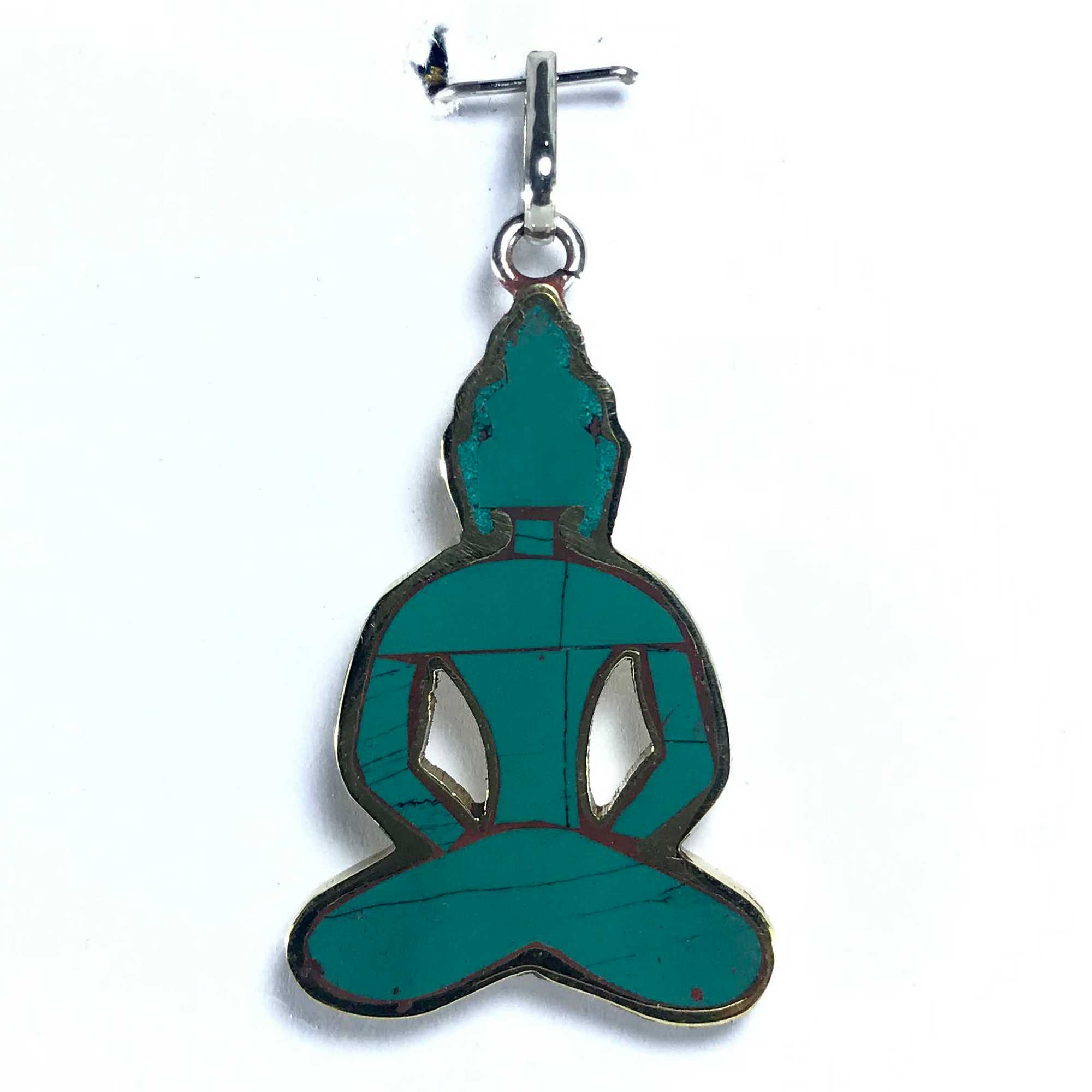 with Stone Setting" title="White Metal Buddha Pendant
with Stone Setting" title="White Metal Buddha Pendant 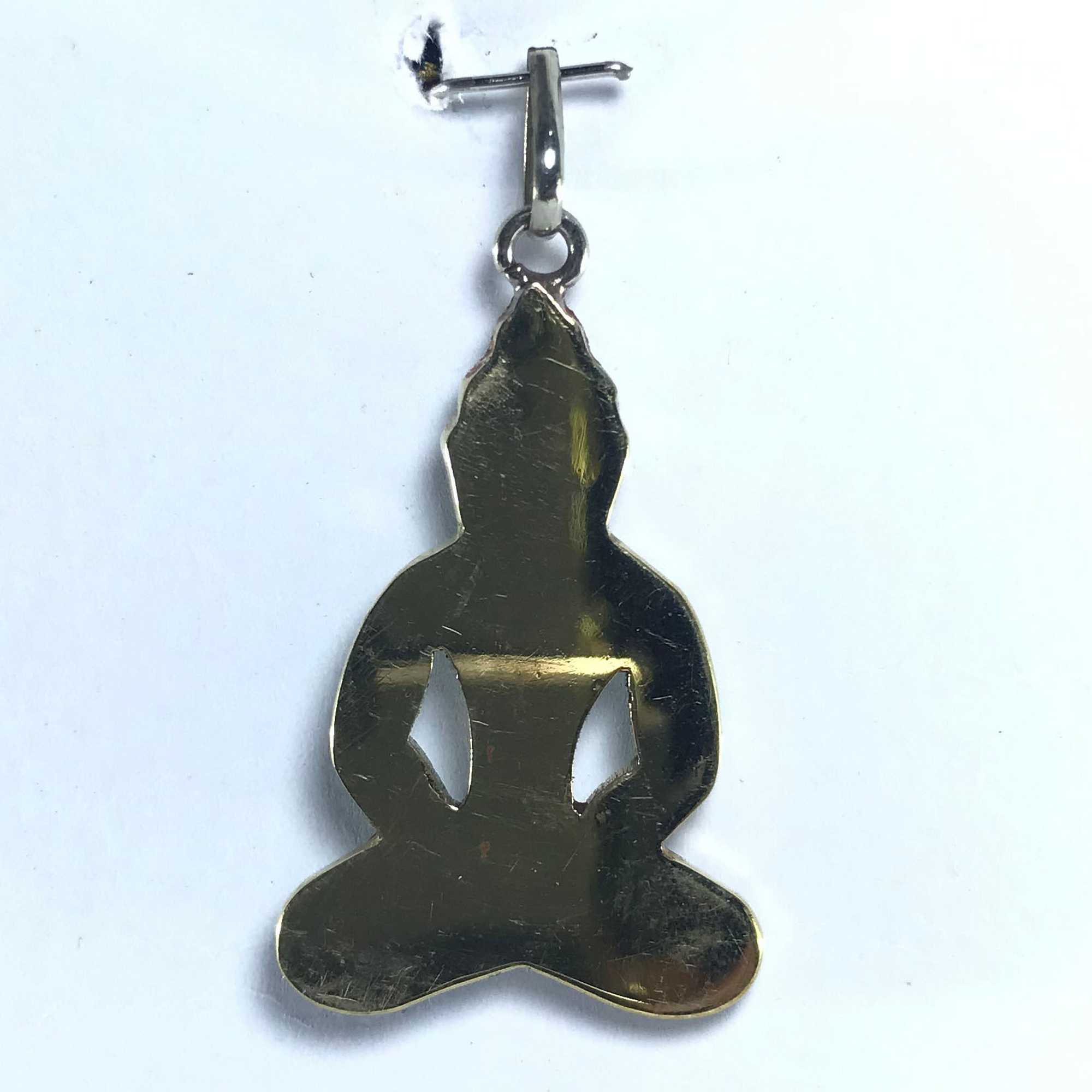 with Stone Setting" title="White Metal Buddha Pendant
with Stone Setting" title="White Metal Buddha Pendant 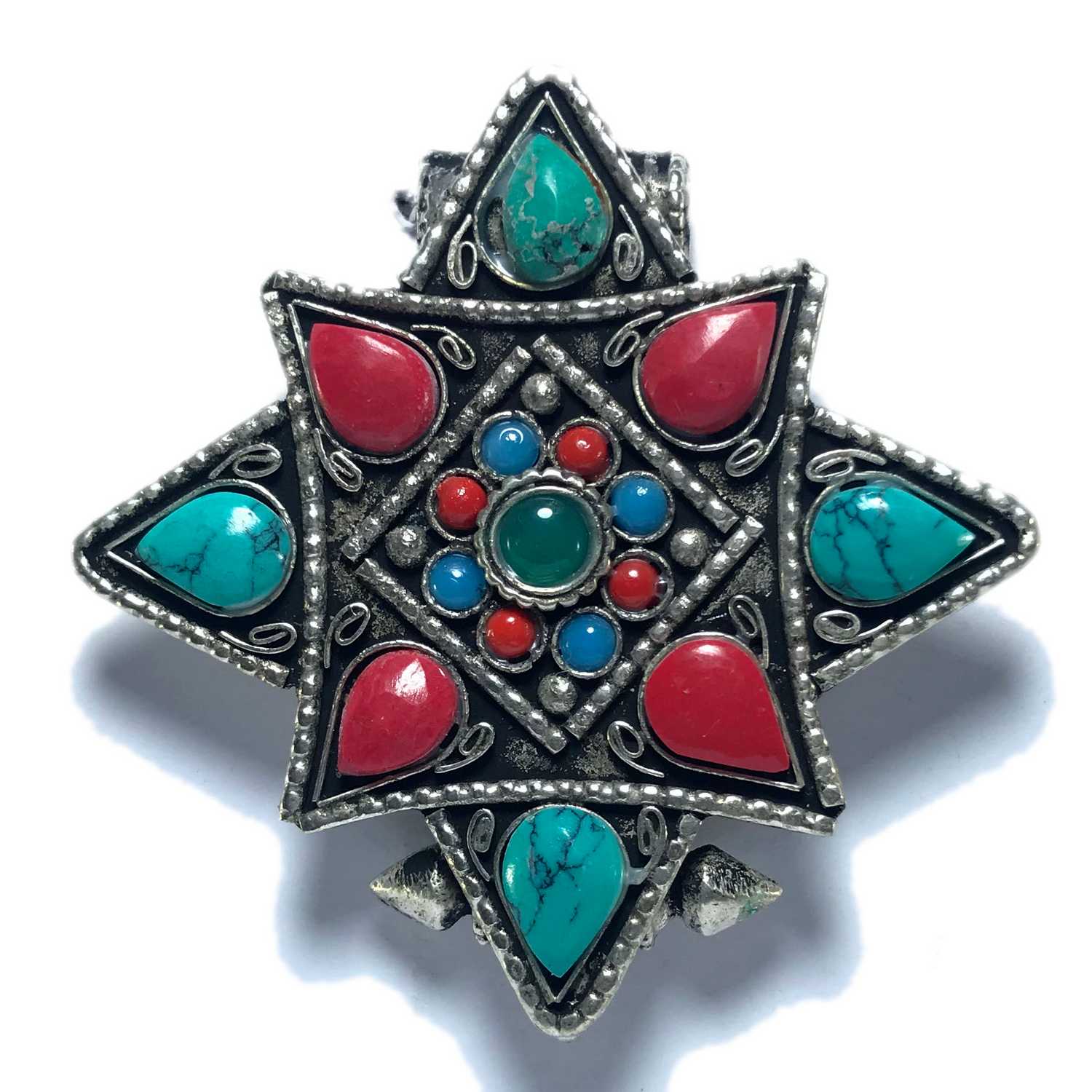 with
with 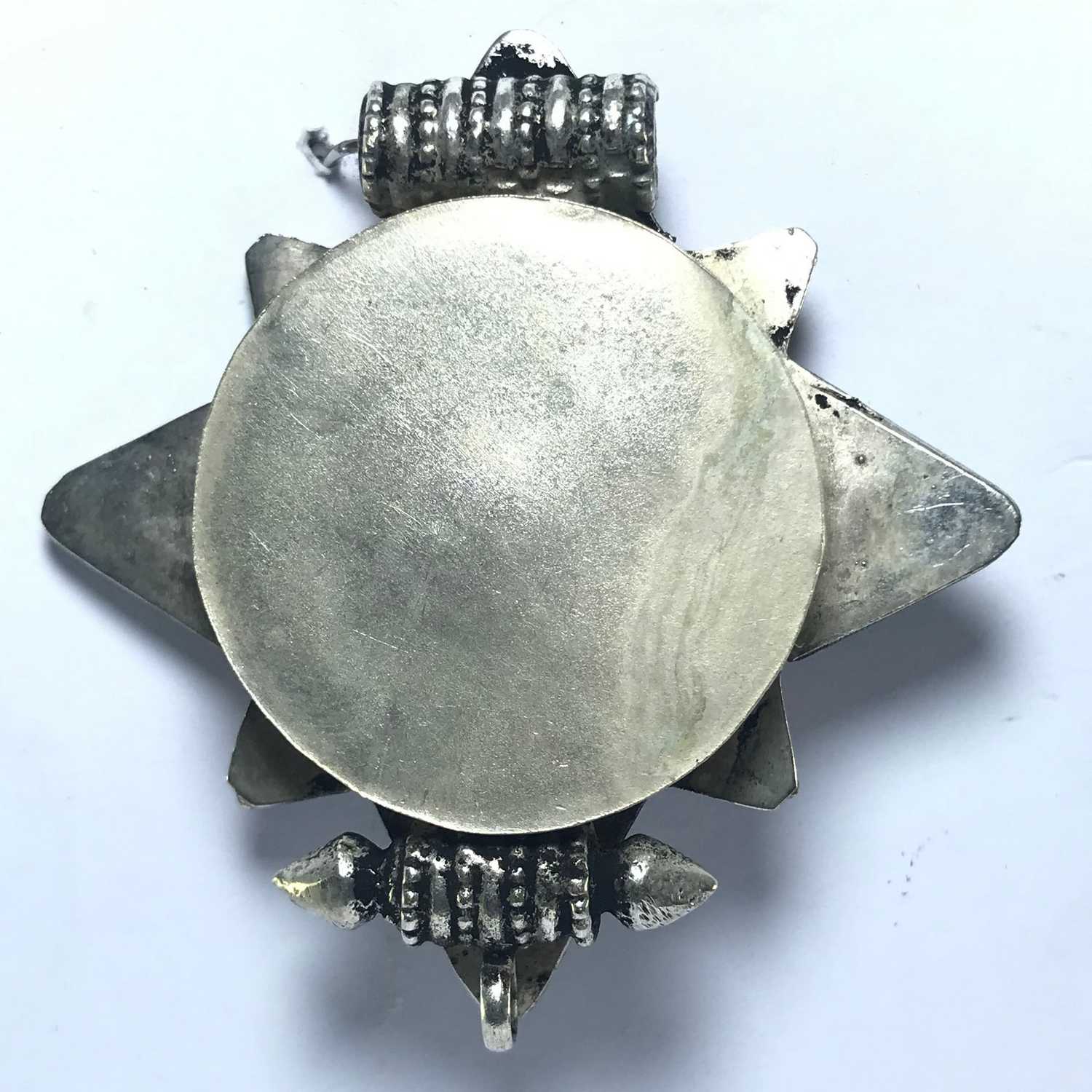 with
with 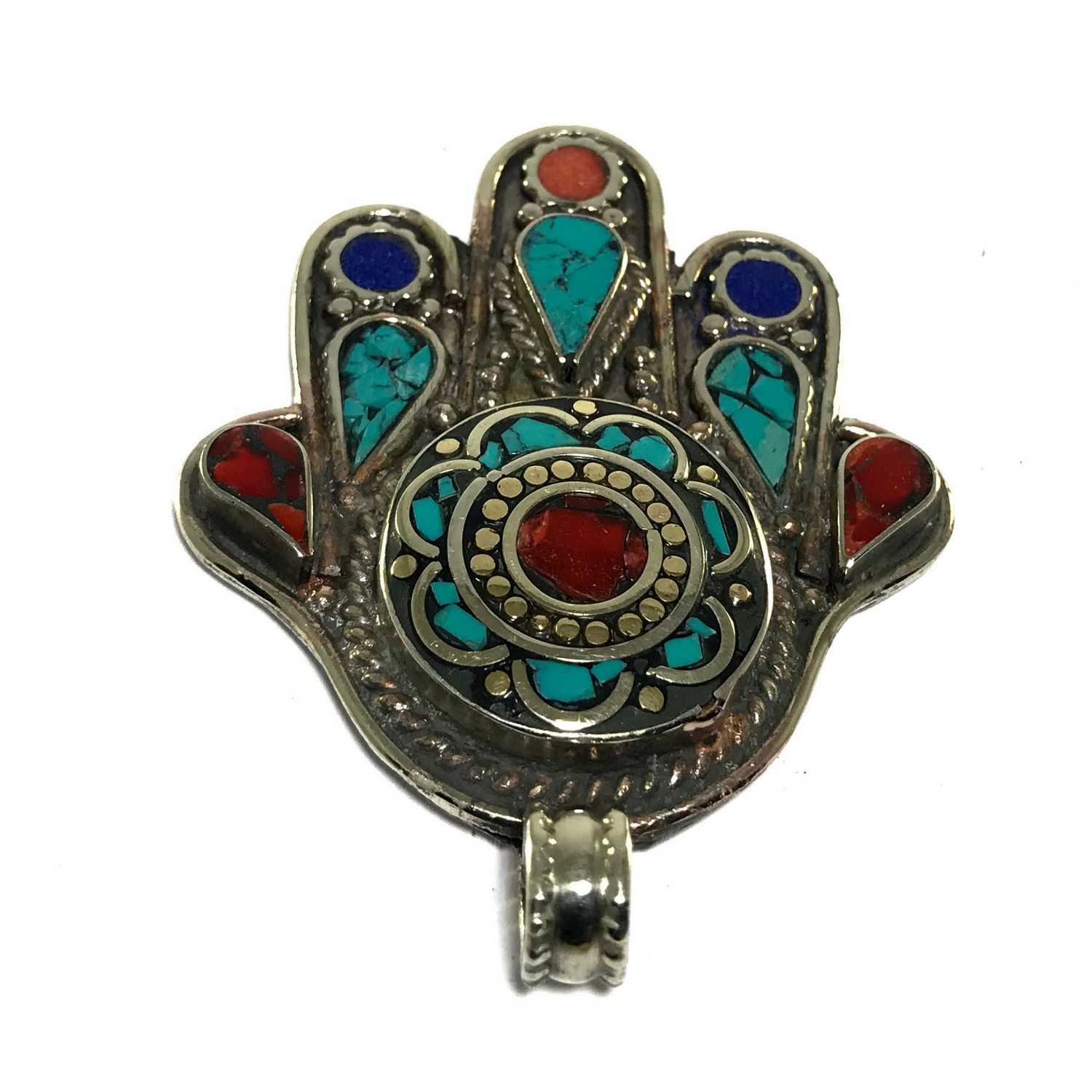 with Stone Setting" title="Tibetan Hand Design Metal Pendant
with Stone Setting" title="Tibetan Hand Design Metal Pendant 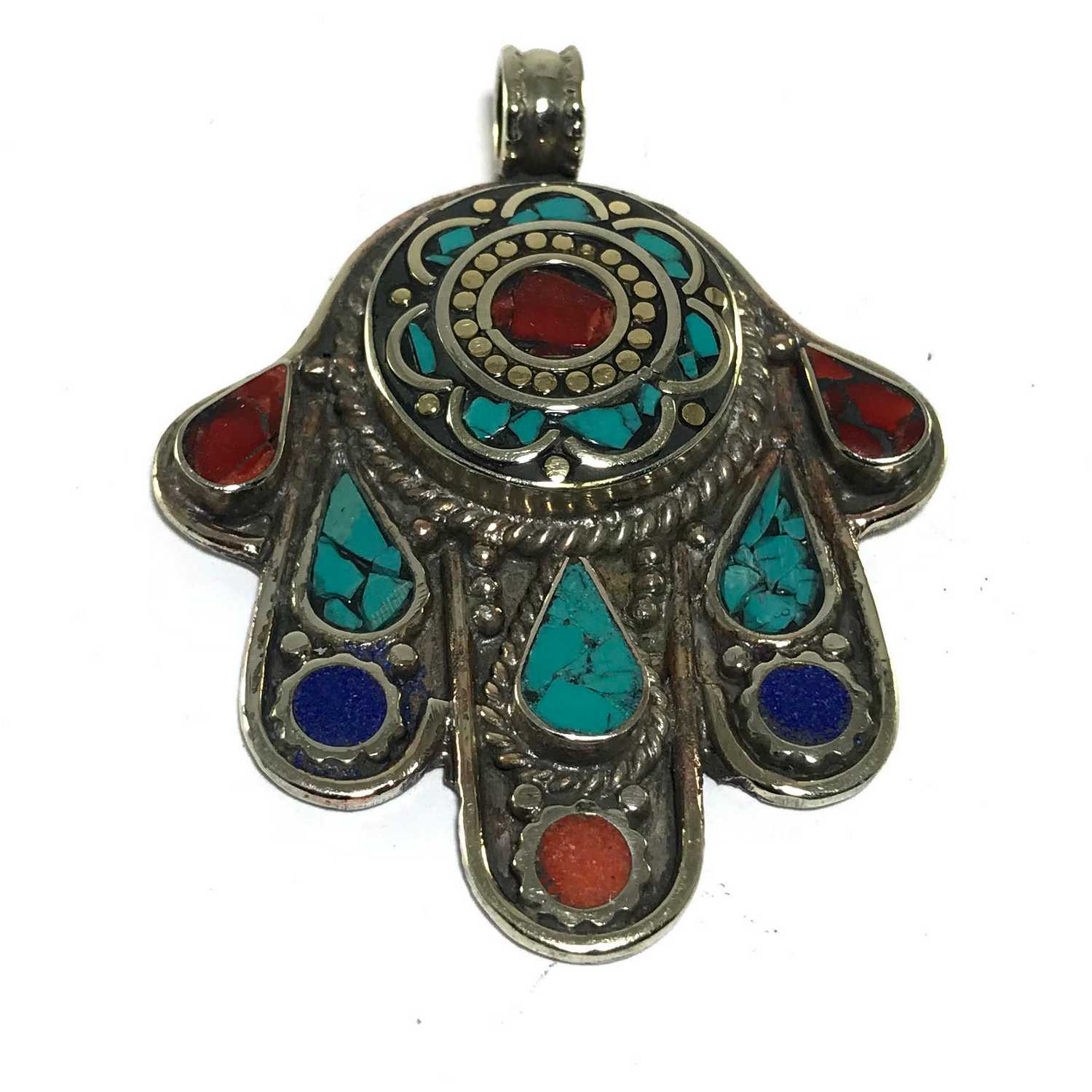 with Stone Setting" title="Tibetan Hand Design Metal Pendant
with Stone Setting" title="Tibetan Hand Design Metal Pendant 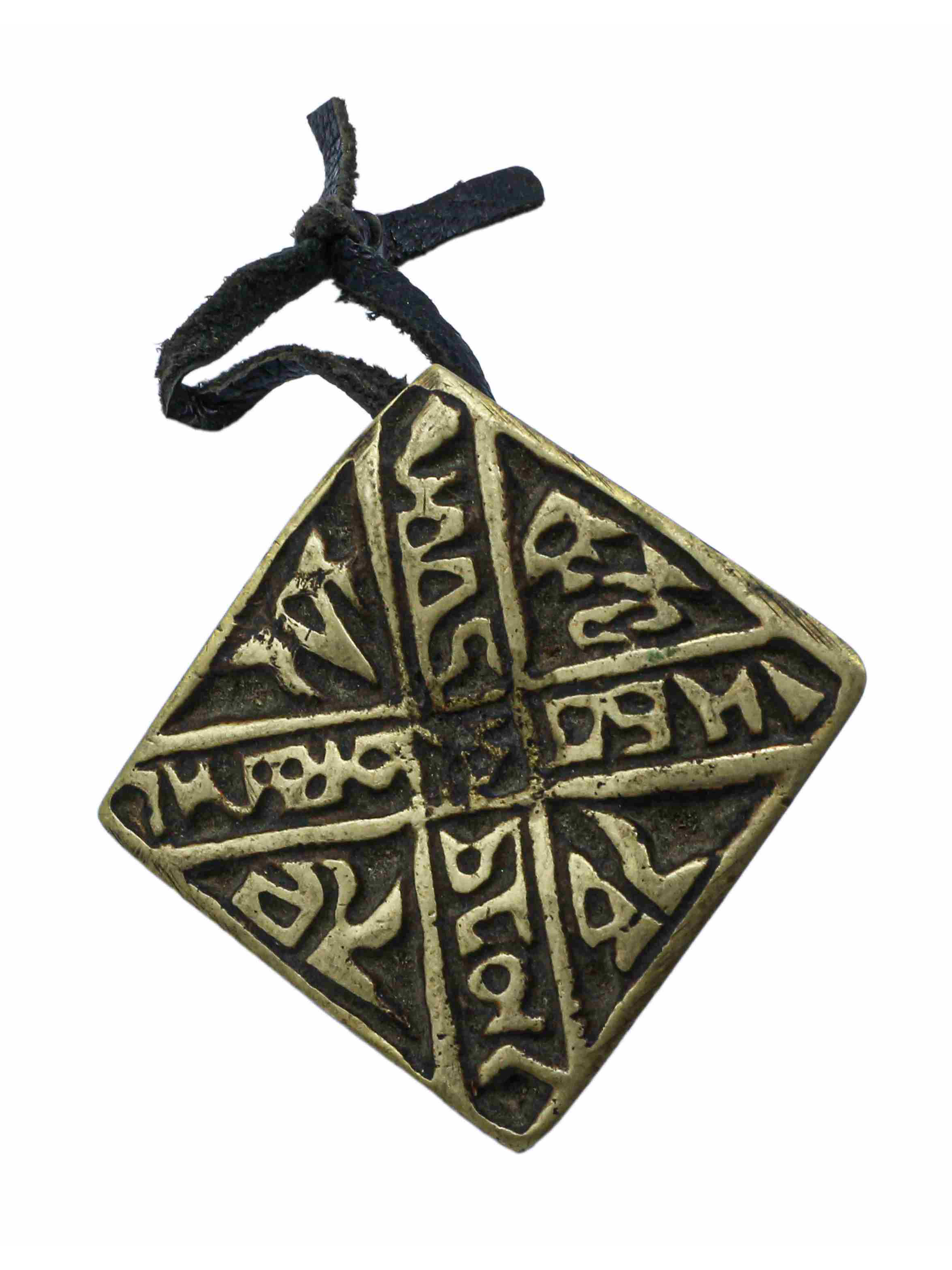
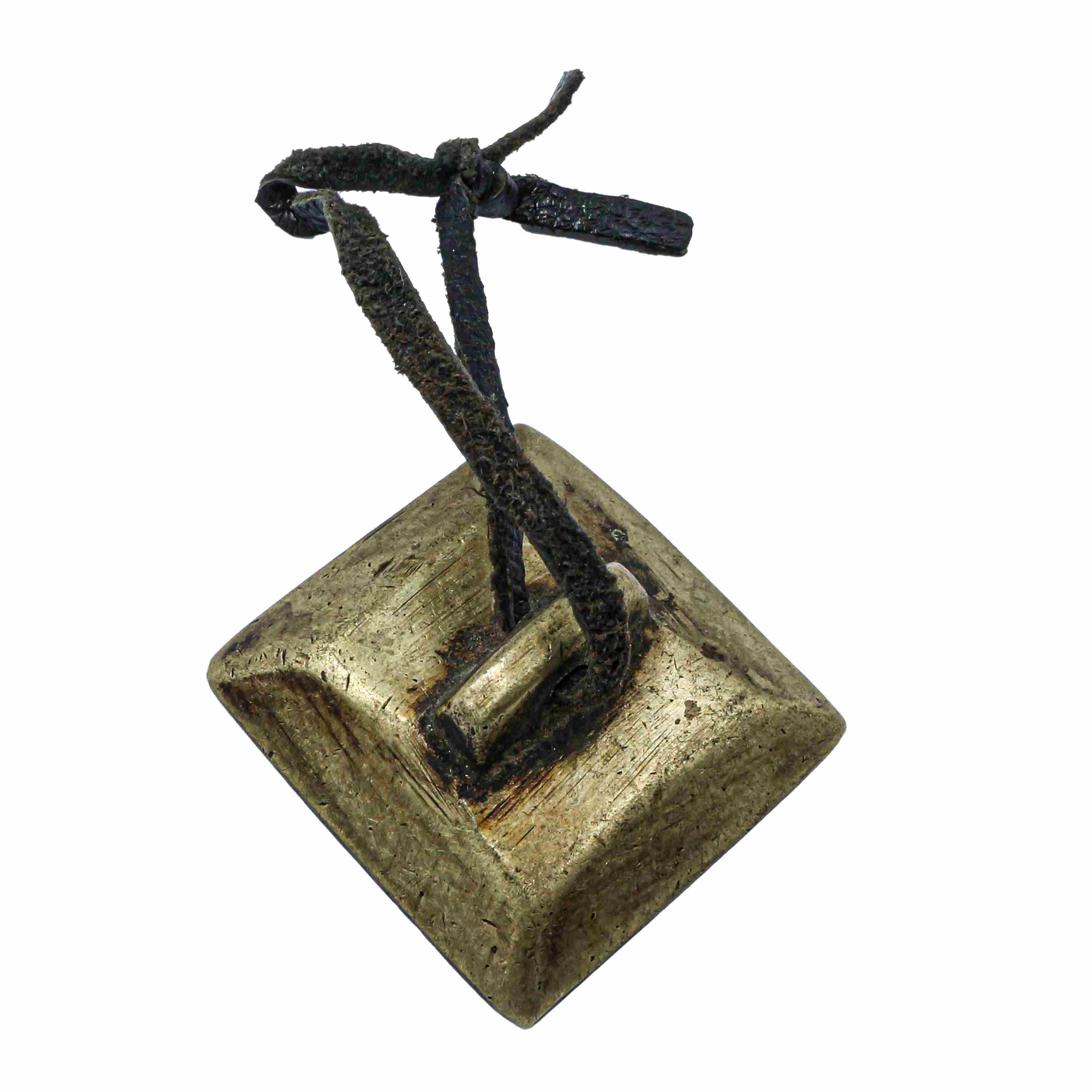
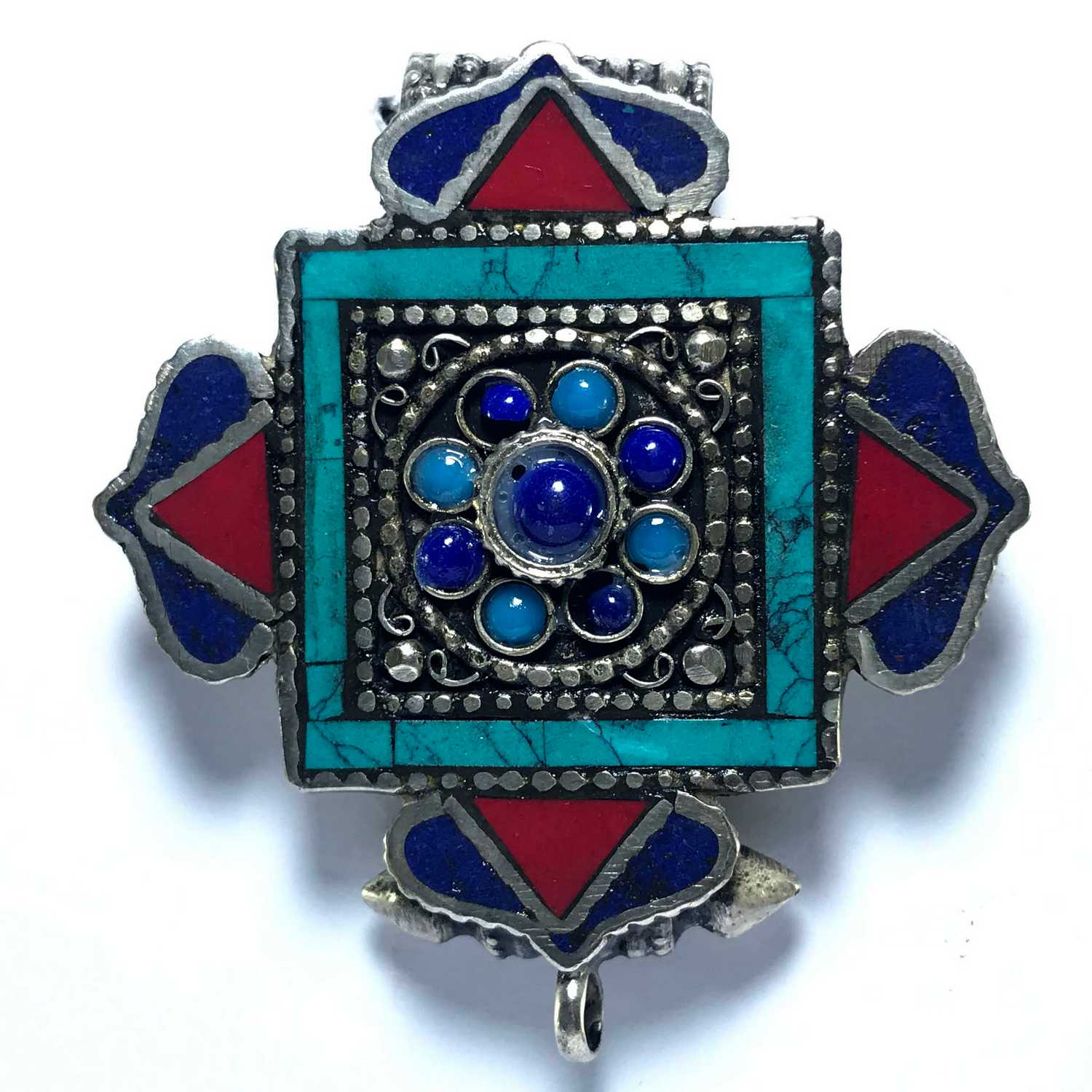 with
with 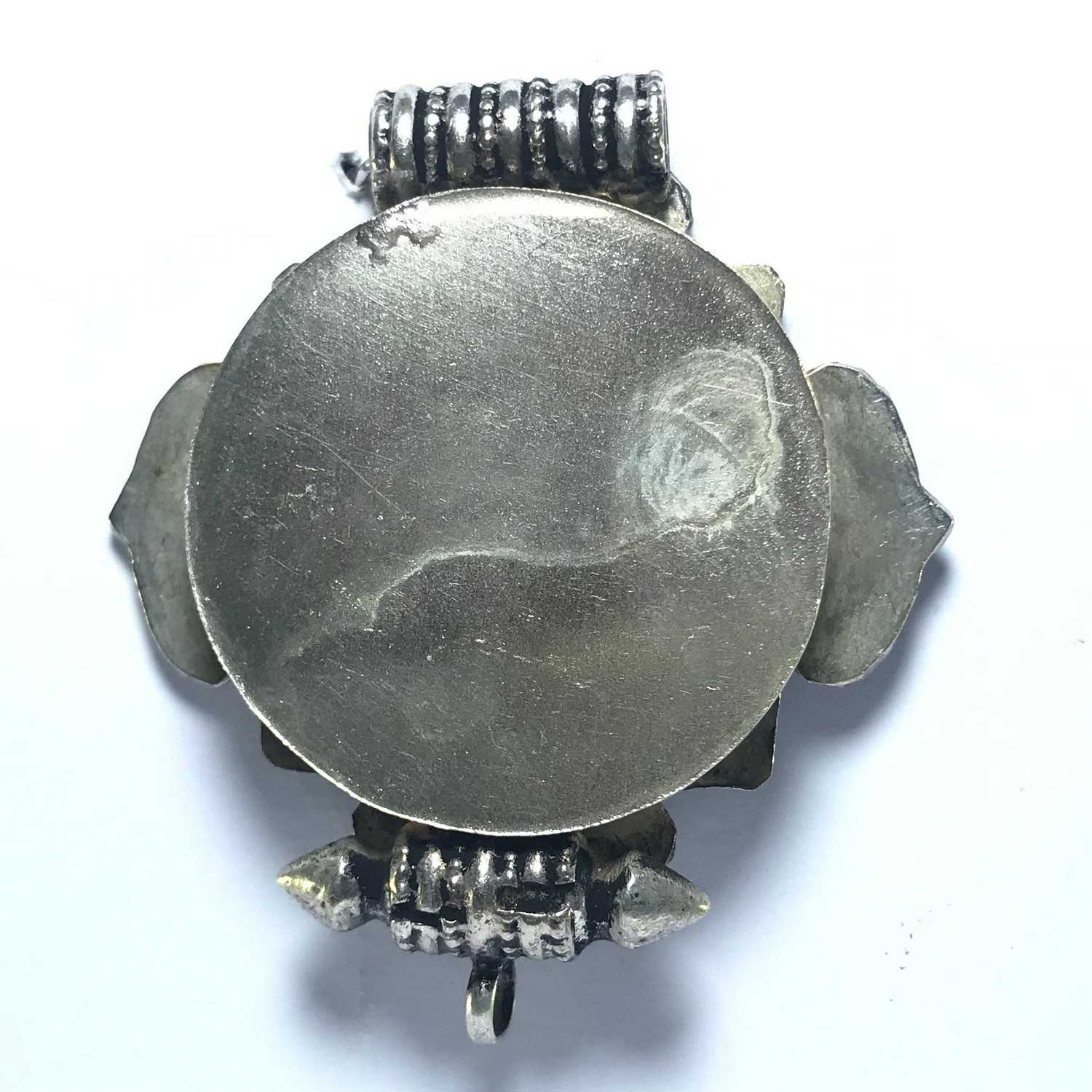 with
with 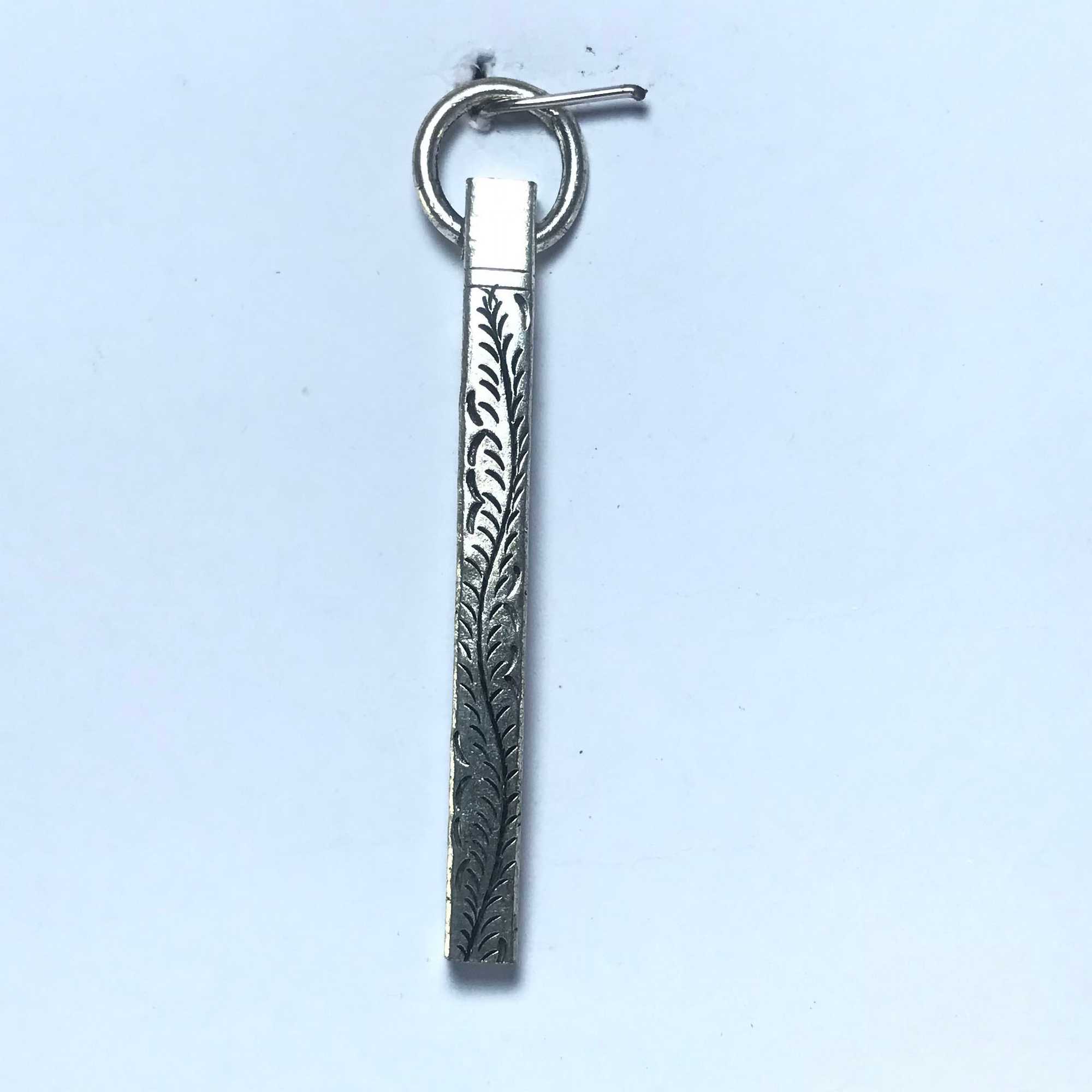
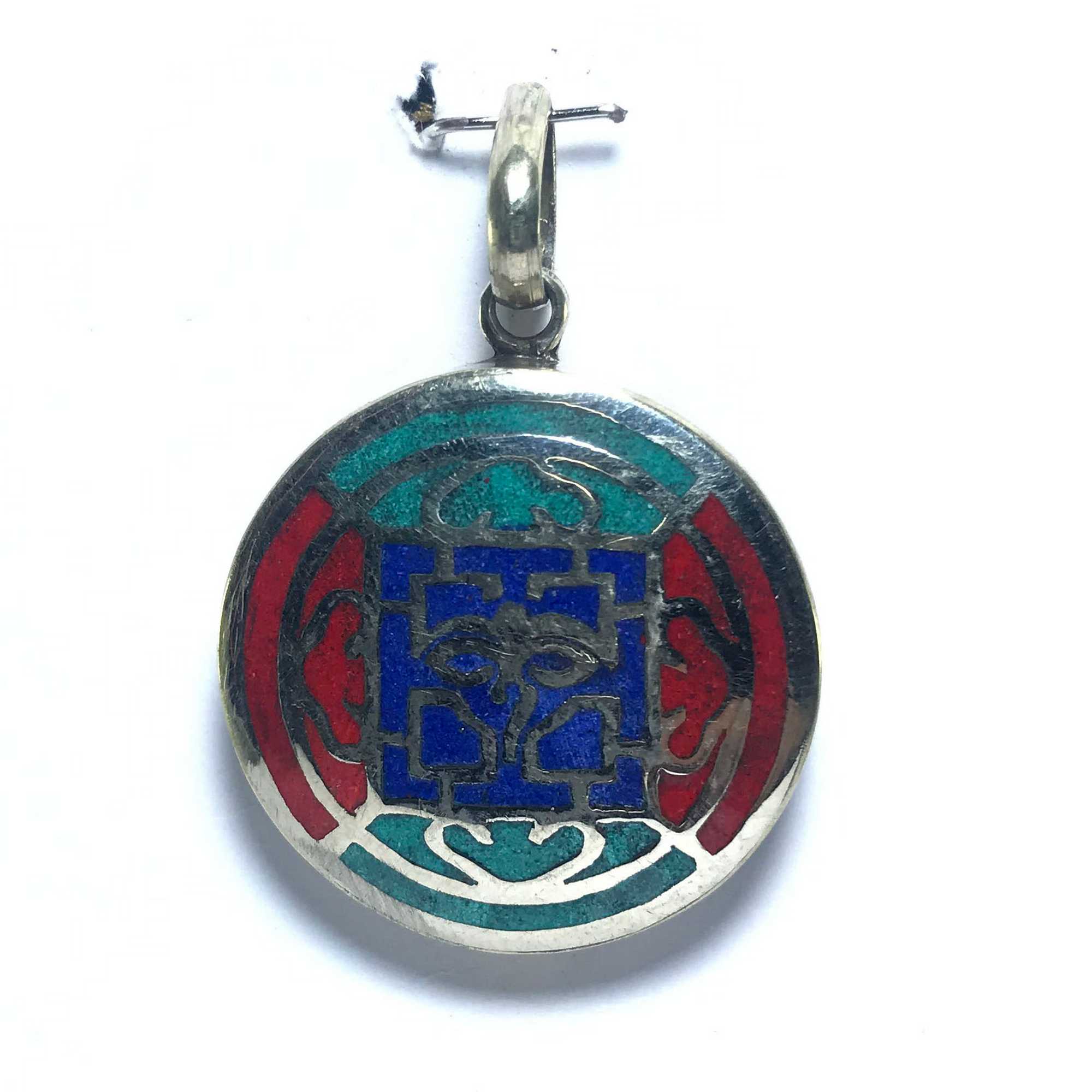 with Stone Setting" title="White Metal Buddha Eye Mandala Pendant
with Stone Setting" title="White Metal Buddha Eye Mandala Pendant 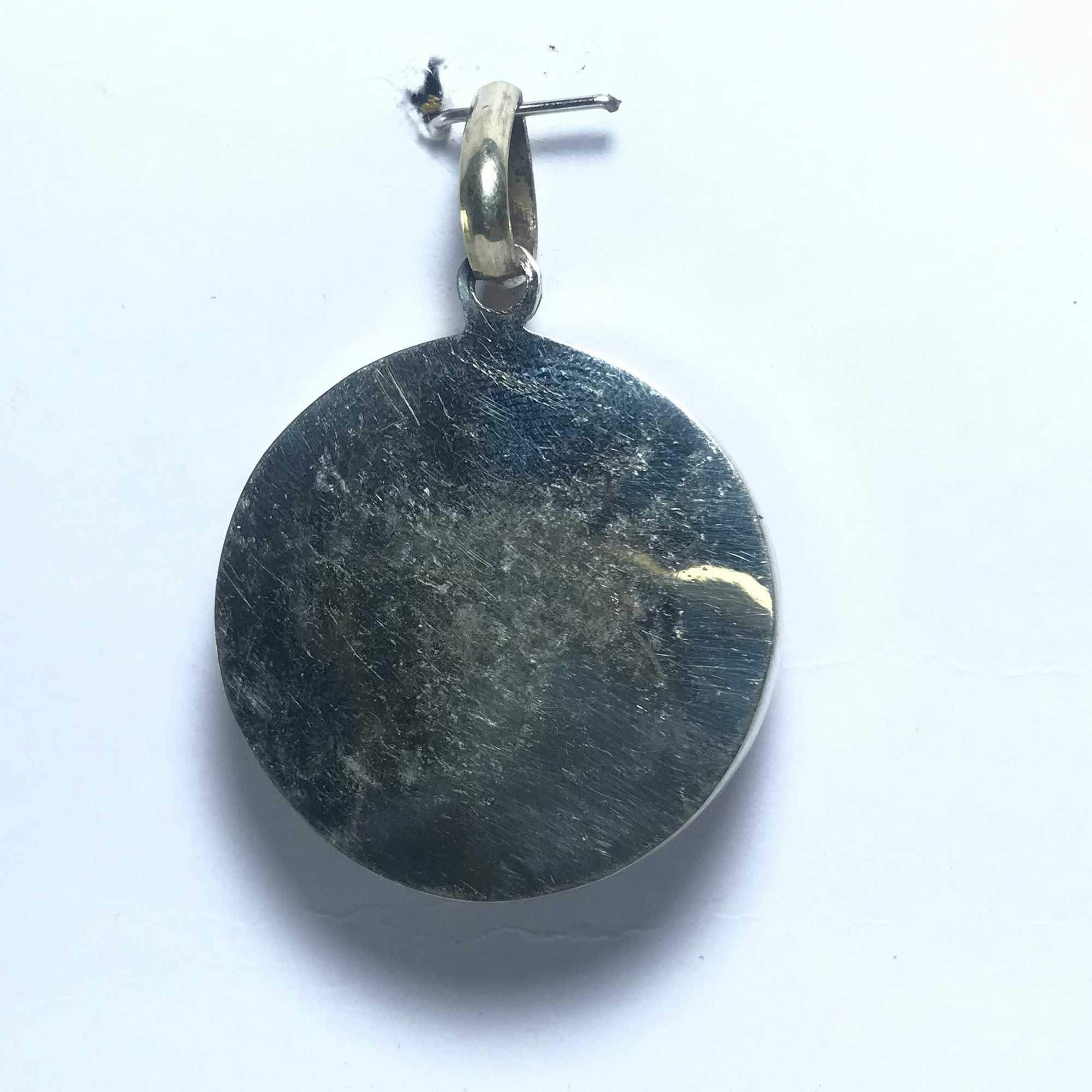 with Stone Setting" title="White Metal Buddha Eye Mandala Pendant
with Stone Setting" title="White Metal Buddha Eye Mandala Pendant 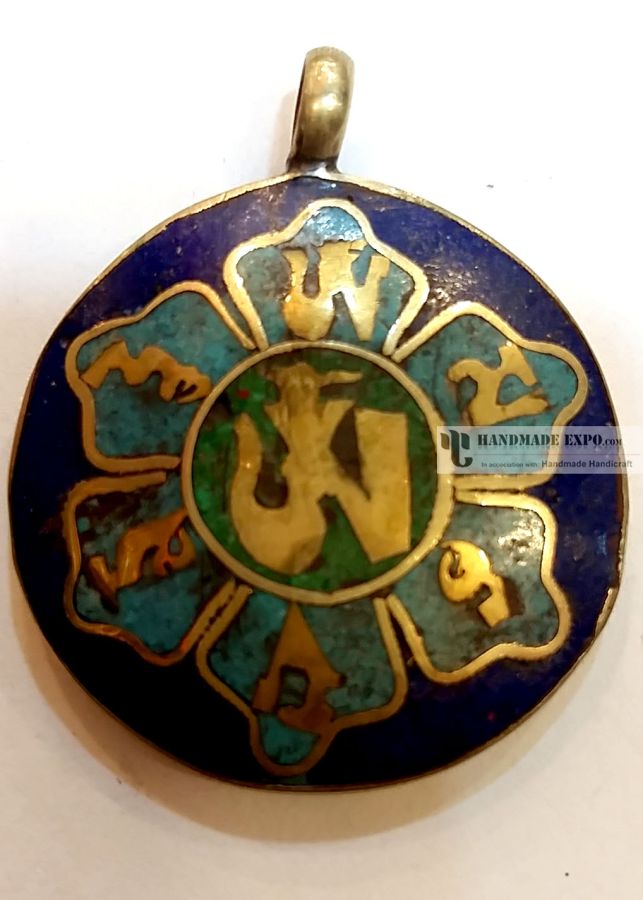
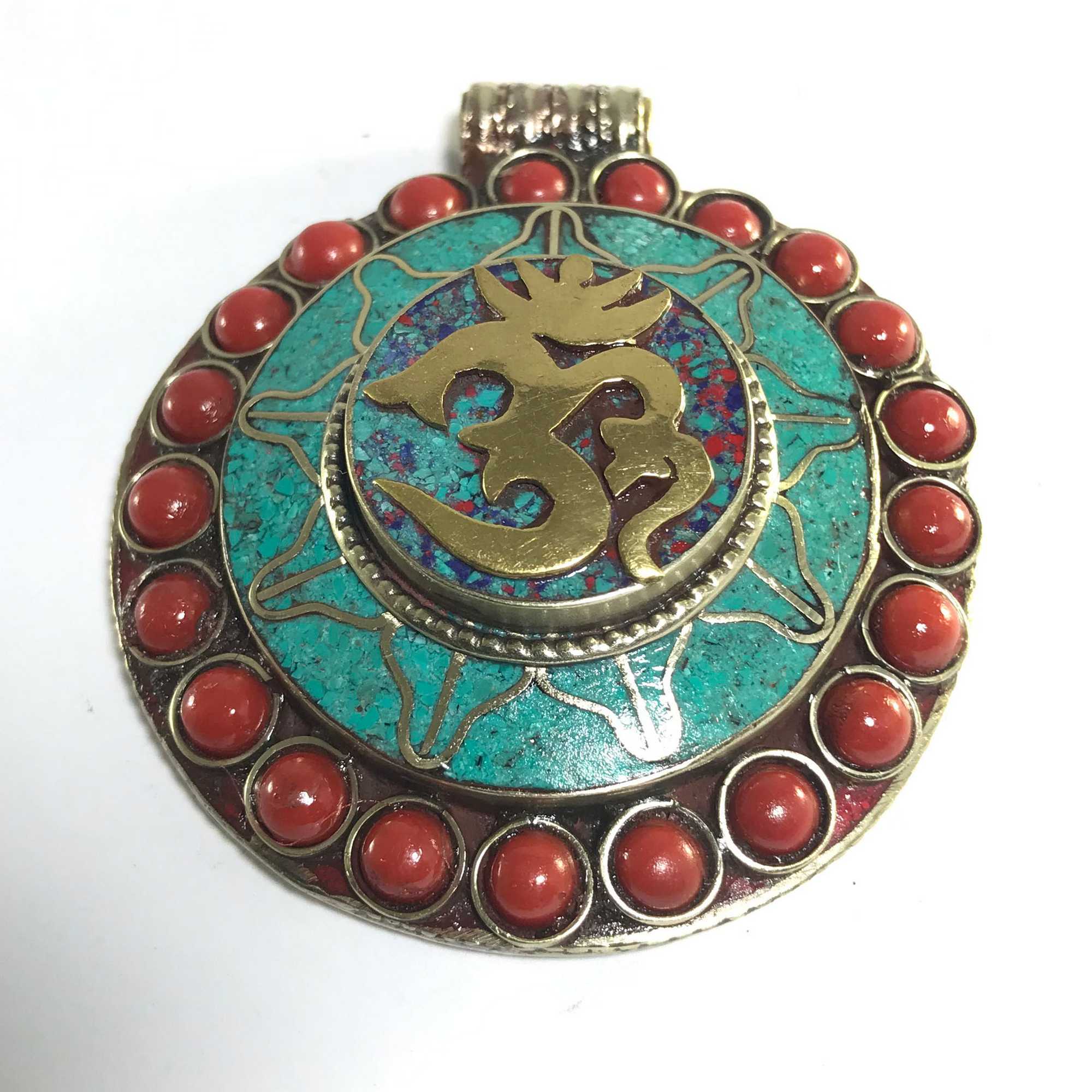 with Stone Setting" title="White Metal Om Pendant
with Stone Setting" title="White Metal Om Pendant 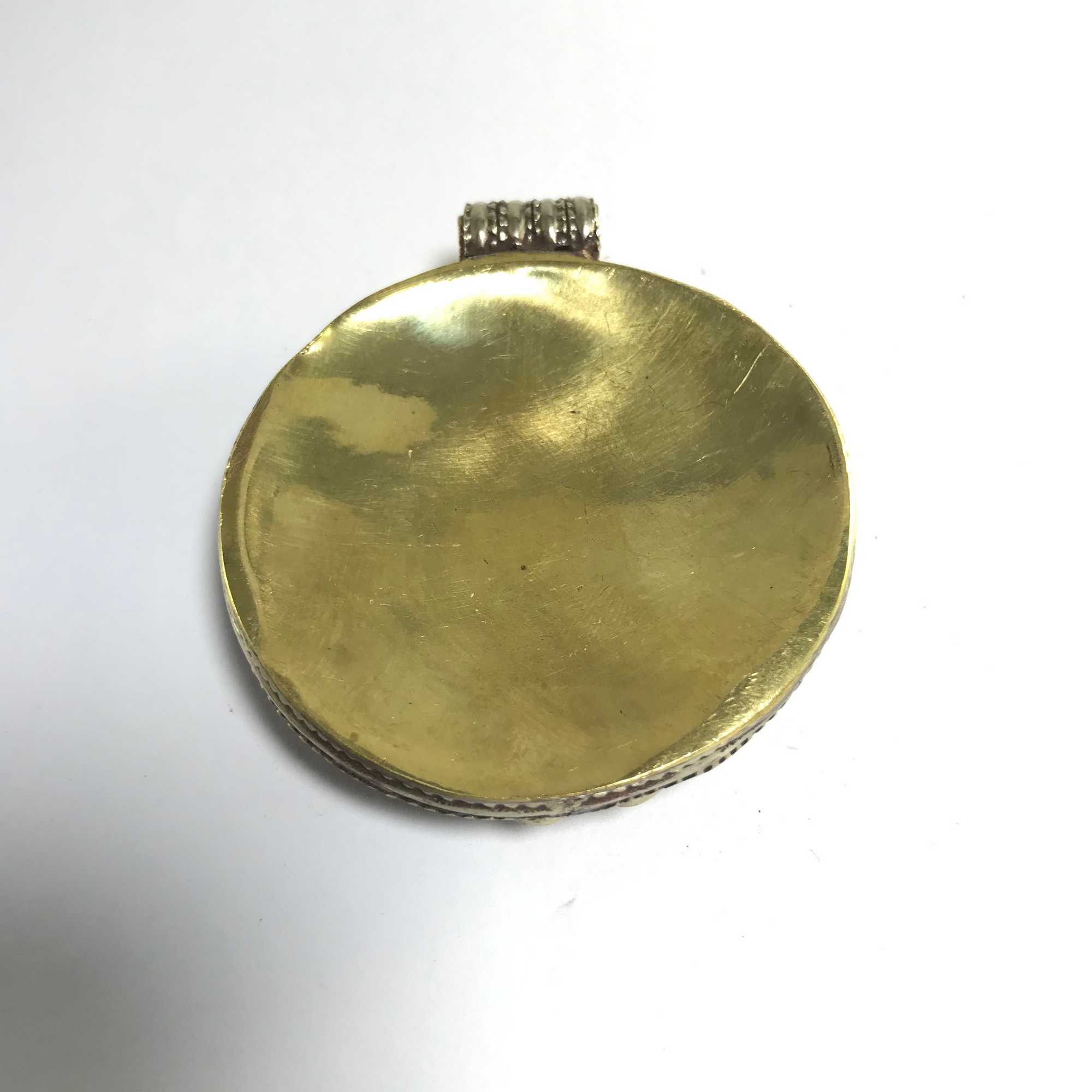 with Stone Setting" title="White Metal Om Pendant
with Stone Setting" title="White Metal Om Pendant